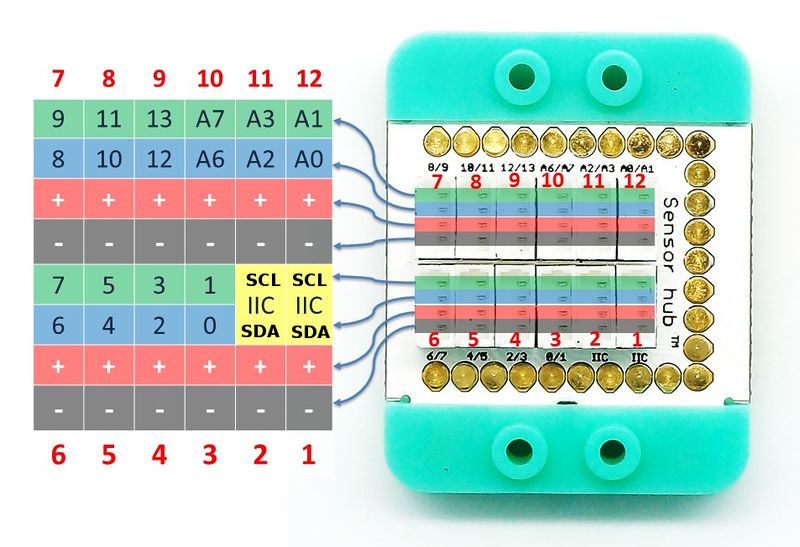|
Microduino-Relay is a relay module. It can be used in isolation control.
Features
- Used in isolation control of high voltage and high current signal.
Specification
- Input 5V operation voltage for primary side;
- Output 10A 250VAC/10A 30VDC for secondary side;
- 1.27mm-pitch 4PIN interface;
- Pin description: GND, VCC, signal input and NC(empty). Since the input signal is simulated, it needs to be driven by digital interface(D0~D13), which can be connected the pins (3~10) of Sensorhub with the corresponding pins(D0,D2,D4,D6,D8,D10,D12).
Document
Development
You can use Microduino-Relay to convert weak signal into high voltage, high current signal or for isolation control.
Application
- All hardware needed: Microduino-CoreUSB, Microduino-USBTTL, Microduino-Sensorhub, dupont lines and USB cable.
- Software:
- Stack all modules and connect the Relay module to D2 port of Sensorhub with a wire.
- Open Arduino IDE, select File→Examples→Digital→BlinkWithoutDelay program examples, choose the right board from Tools→Board and then compile.
- Select the right port from Tools→Serial Port in Arduino IDE after compiling, then download program.
- After download, you'll see STA light on the Relay module blinks one time each second. By measuring 2PIN crimping terminal on the Relay module with a multimeter, you can see that 2PIN crimping terminal also powers on and off each second.
Purchase
History
Pictures
|

